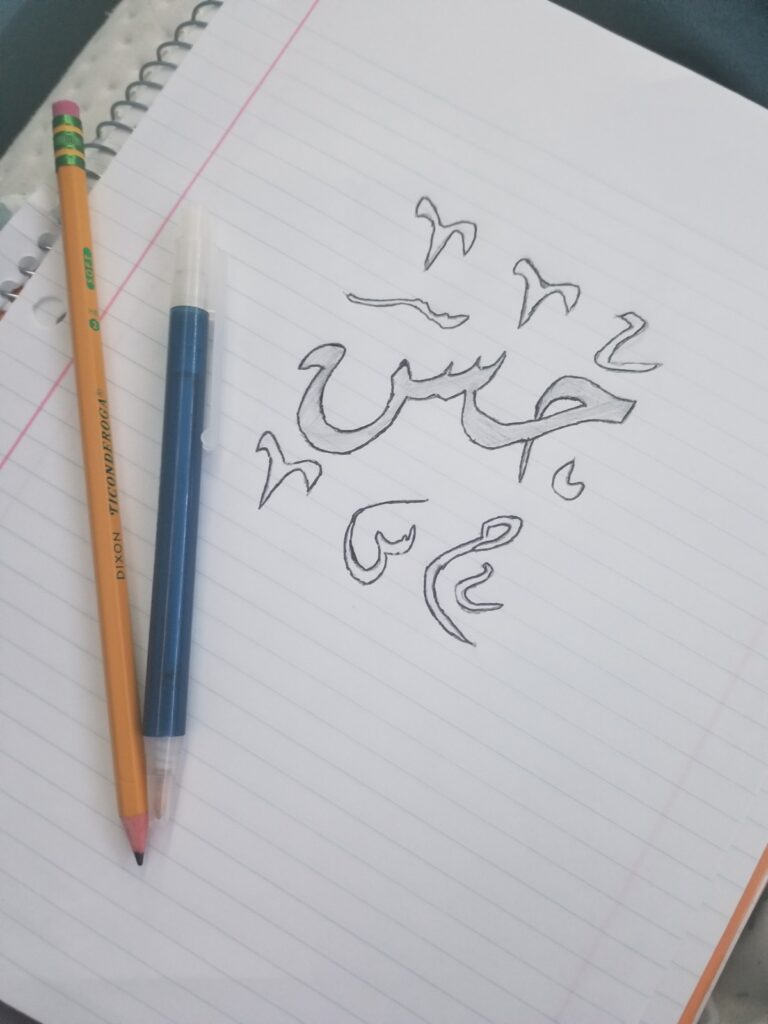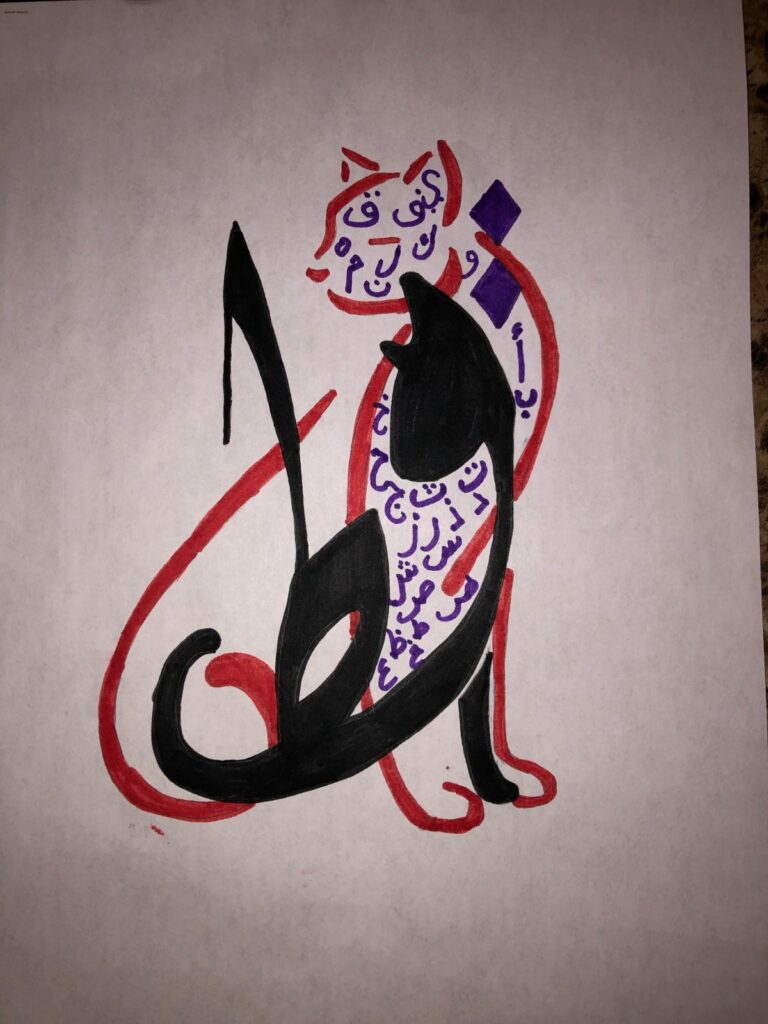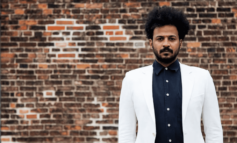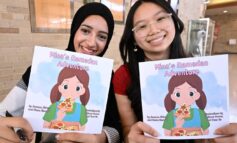DEARBORN — Friday, December 18 marked the celebration of Arabic Language Day, a day that honors a language spoken by more than 300 million people worldwide.
World Arabic Language Day was established by the United Nations Educational Scientific and Cultural Organization (UNESCO) in 2010 to celebrate multilingualism and cultural diversity internationally. This event commemorates the role Arabic played in promoting the spread of the sciences and philosophies of ancient civilizations that brought forth the European Renaissance.
Arabic is the fifth most spoken language in the world and it is considered a critical language by the U.S. State Department due to the U.S.’ strategic business and security interests in the Arab world.
December 18, 1973 was the day the General Assembly approved Arabic as an official U.N. language.
Talk to the children about the heritage. They (adults) should keep their memories and experiences of when they lived/visited an Arabic country — Ekram Zorkot
Speaking the Arabic language as an Arab American
There are nearly four million Arab Americans in the United States and the Arabic language carries various meanings through the way it is spoken and how it is represented in one’s daily life.
Speaking any native language other than English is heavily influenced by numerous social institutions in a society, like family, education, economy, government and religion.
Ekram Zorkot, paraprofessional and substitute teacher in Wayne County, said speaking the Arabic language and preserving the culture varies from family to family.
“There are numerous factors to consider when understanding families and speaking Arabic in the United States,” Zorkot said. “This can include the type of job the family works, the family size, socioeconomic status, education status, siblings moving out and the reason why the family left the Arab country.”
Zorkot also told The Arab American News about individuals’ relationships with their society and their choice to speak in Arabic or English based on the context of the situation they are in.
Moreover, a person’s social location is defined as the combination of factors that includes race, gender, geographic location, social status, age and religion. She said Arab Americans often “mix and match” and interchangeably use vocabulary words in both English and Arabic to emphasize a point.
Through the “mix and match” and interchangeable vocabulary words in both languages, Arab Americans feel accepted in society.
The Arabic language and culture in Arab America
A defining metaphor in the United States is a “melting pot” of immigrants around the globe, but what does speaking Arabic mean to Arab

Arabic calligraphy is the oldest form of Arabic script
Americans and their culture?
Known as the capital of Arab America, Dearborn is a city with numerous Arab-owned small businesses and Arab Americans in local leadership and teamwork positions (education, healthcare, neighborhood associations and city officials).
Speaking the Arabic language has spread in many of the social institutions of society in Dearborn.
Along with speaking it, Arab American community members commemorate and preserve their heritage towards supporting their community. Families and individuals, on a daily basis, engage with Arab American small businesses or community centers.

As for when it comes to children, Zorkot addressed the importance of manners when teaching a language. She said teaching a language is not passive, where an adult tells a child to “do”, for it should be proactive and engaging.
Learning the Arabic language is accompanied by understanding the Arabic heritage and culture.
“Talk to the children about the heritage,” she said. “They (adults) should keep their memories and experiences of when they lived/visited an Arabic country.”
In Southeast Michigan, children can engage in the Arabic language and culture by participating in Saturday Arabic school, religious programs in mosques and churches, visiting extended relatives, sampling food or attending festivals.
Zorkot said the presence of language means to hold on to ideas, places and stories relative to the Arabic culture. She emphasized that the will to learn Arabic begins in the home and the presence of the other social institutions are needed to work with the language.
“They should want the Arabic language to be present,” she said. “Arabic is not just the alphabet, as the culture also shapes the language.”






Leave a Reply